- Welcome To Changzhou Huarui Welding & Cutting Machinery Co., Ltd.!
- About Huarui | Inquiry Form | Contact Us |
 中文
中文
 中文
中文In the industrial manufacturing of nuclear power, construction, oil and gas pipelines, when the position of structural parts is difficult to adjust, welding in non-planar positions is inevitable. Overhead welding is the most difficult of the four basic welding positions. Therefore, it is of great significance to improve the weld forming quality and process adaptability of overhead welding. In the process of overhead welding, when the heat input is too small, it is difficult to penetrate the base metal, and when the heat input is too large, it will lead to an increase in the volume of the weld pool. In this case, the tail of the molten pool, which has lost the support of the arc force, will flow downward under the action of gravity and complete the solidification. In addition, even if the base metal can be completely penetrated, it is difficult to form a high enough additive solid on the back weld, and even a concave defect will be formed, significantly reducing the shape and mechanical properties of the welded joint.
This paper presents a new overhead welding technique, which uses a laser-arc hybrid heat source and adds a copper liner (COL) on the back of the weld. The weld morphology, mechanical properties and microstructure of the joint under three forming methods of copper gasket, ceramic gasket (CEL) and no gasket (NOL) were compared in order to improve the welding quality and mechanical properties of the joint. In addition, the process window and process adaptability of the process were also studied.
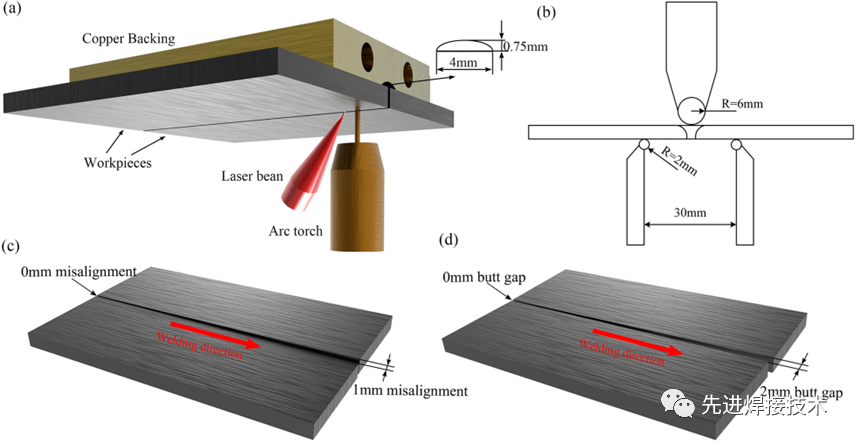
Figure 1- Test methods: (a) schematic diagram of overhead welding, (b) backbend test method, (c) process adaptability test (dislocation) assembly method, (d) process adaptability test (butt gap) assembly method
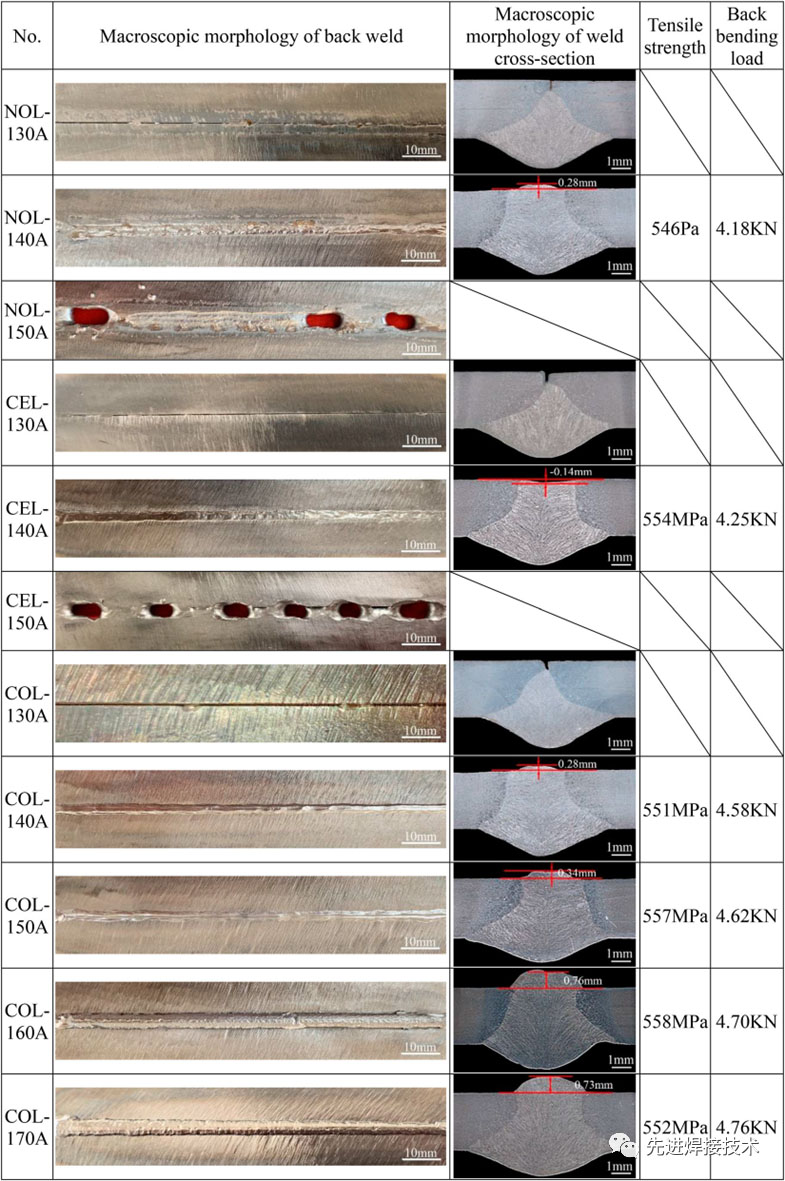
Figure 2- The macro morphology of the weld and the mechanical properties of the welded joint under different welding parameters and forming methods
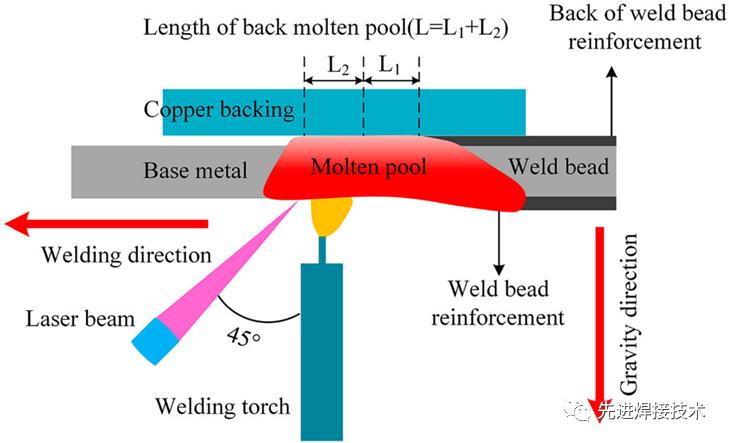
Figure 3- Forming mechanism of the back side when COL is used in overhead welding
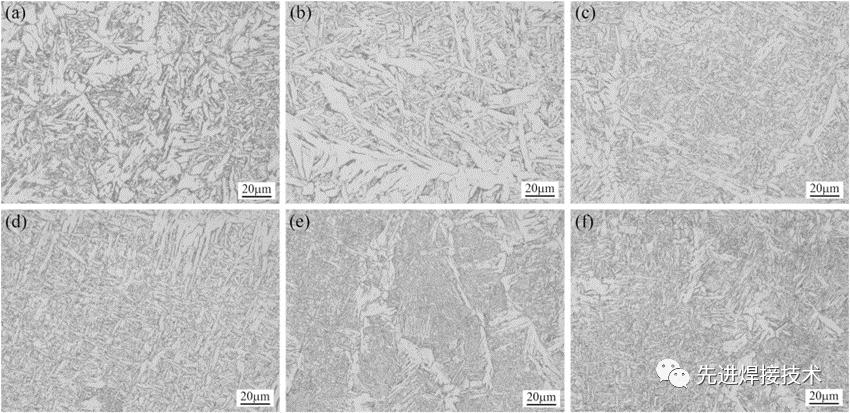
Figure 4- Microstructure of the top center of the back weld under different forming processes and parameters: (a) NOL-140A, (b) CEL-140A, (c) COL-140A, (d) COL-150A, (e) COL-160A, (f) COL-170A
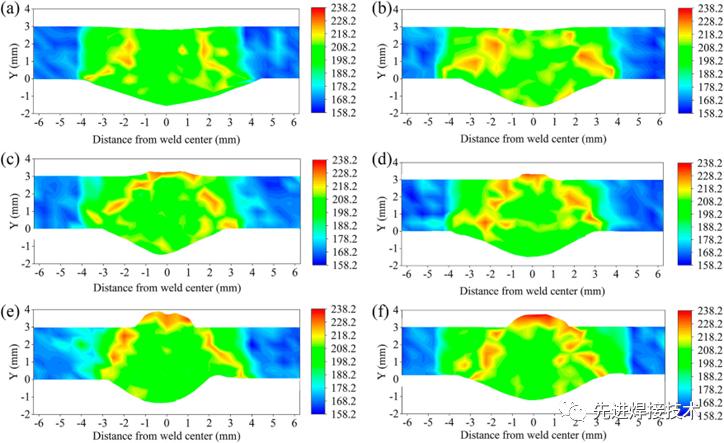
Figure 5- Hardness distribution of weld section: (a)NOL-140A, (b) CEL-140A, (c) COL-140A, (d) COL-150A, (e) COL-160A, (f) COL170A
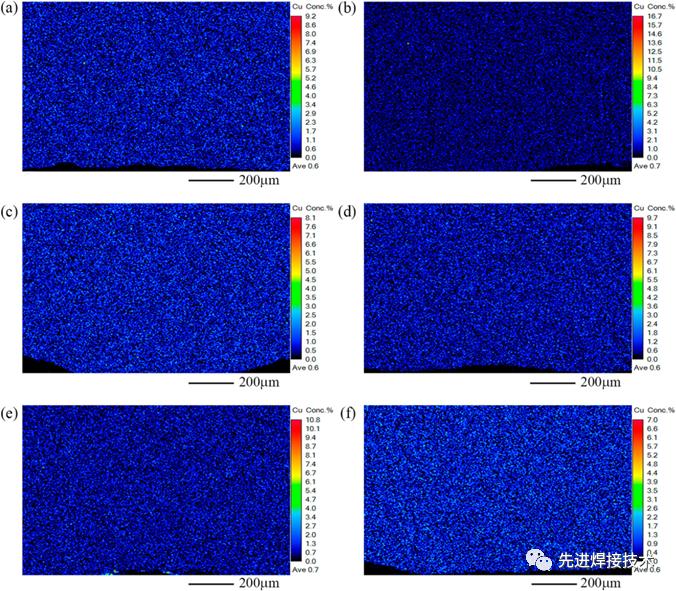
Figure 6- Detection results of copper content in the weld: (a) NOL-140A, (b) CEL-140A, (c) COL-140A, (d) COL-150A, (e) COL-160A, (f) COL-170A
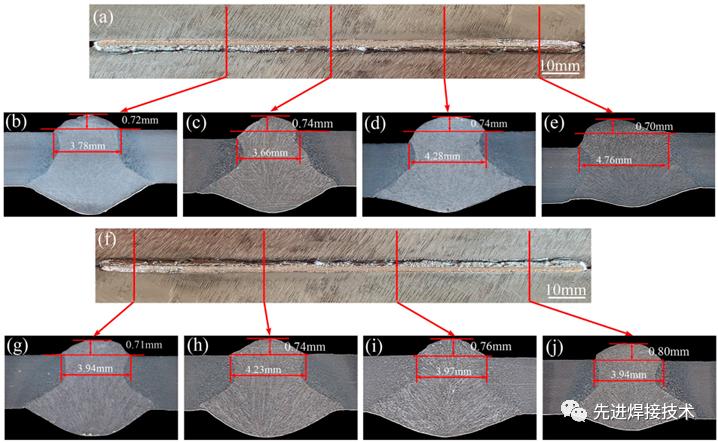
Figure 7- Macroscopic morphology of weld back and cross section under different butt gap and dislocation: (a) cross-sectional topography of 0-1.00mm dislocation, (b), (c), (d), (e) cross-sectional topography of 0.25, 0.50, 0.75 and 1.00mm dislocation, (f) cross-sectional topography of 0.50-2.00mm butt gap, (g), (h), (i), (j) 0.50, 1.00, 1.50 and 2.00 mm butt clearance
The main conclusions are as follows:
In this paper, the macroscopic morphology and mechanical properties of the downward welding joint with three forming methods are analyzed. By adding COL to the back weld, the weld appearance quality and process adaptability of LASer-arc hybrid overhead welding were improved.
(1) In the process of overhead welding, the use of COL can eliminate the concave defects of the back weld, and significantly improve the appearance and quality of the weld. COL can be used to form a stable backing and solid under different misalignment and butt clearance. The backing plus solid and its width are not less than 0.71 and 3.66 mm respectively.
(2) The use of COL can expand the process window of laser-arc hybrid overhead welding and improve the process adaptability. When the welding current is 140-170A, the butt gap is 0.5-2.0mm, or the dislocation is 0-1.0mm, a good weld can be obtained.
(3) When COL is used, the cooling rate at the back weld strengthening is accelerated, the grain is refined, and the hardness is increased. The concave defect of the back weld does not significantly reduce the tensile strength of the welded joint, but the specimen with backing plus solid can withstand greater loads in the back bending test.
(4) The test results of copper content in welds show that the use of COL does not significantly affect the content and distribution of copper in welds.
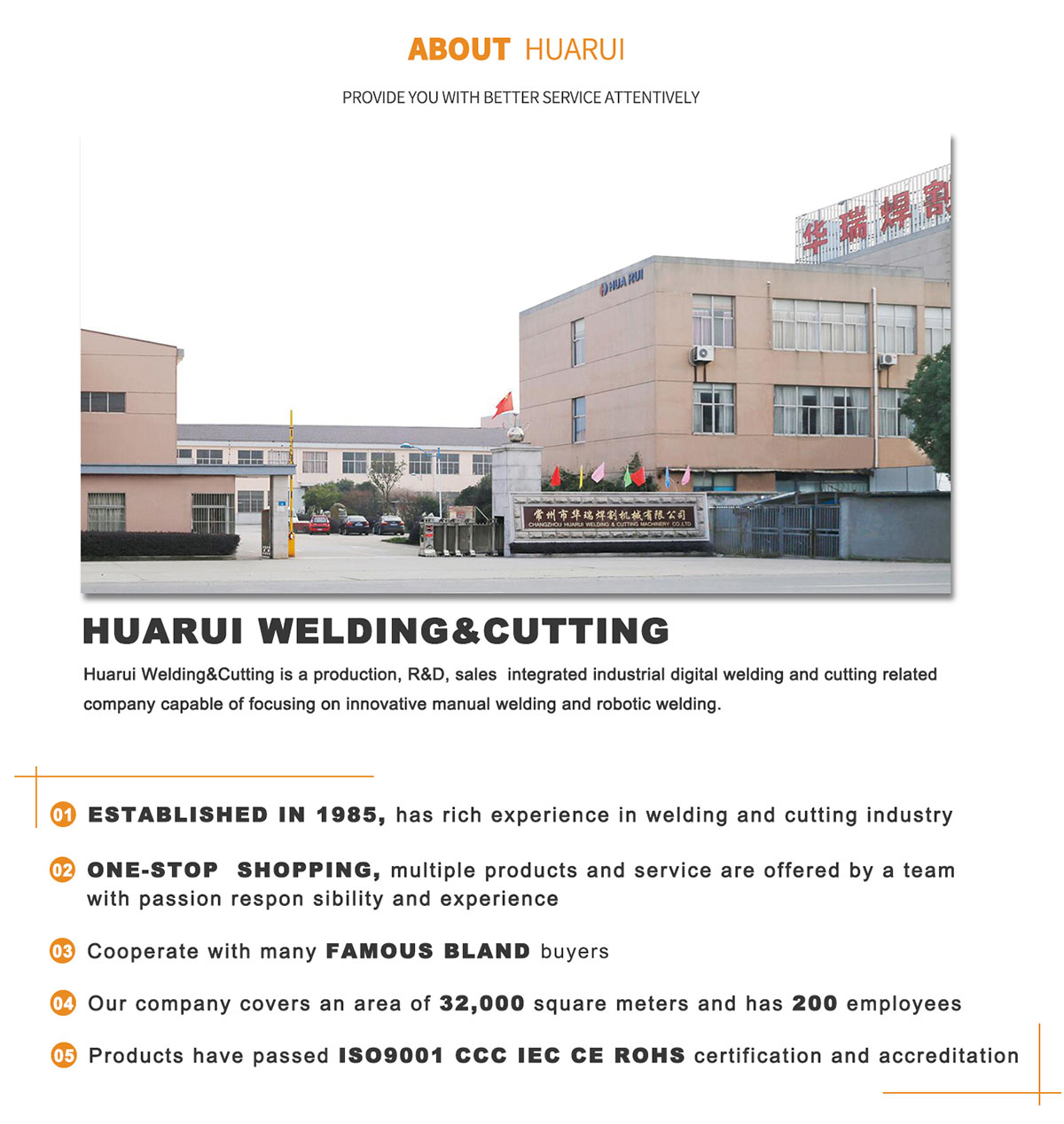
HUARUI alibaba shop:
https://topwelding.en.alibaba.com
https://czhuarui.en.alibaba.com
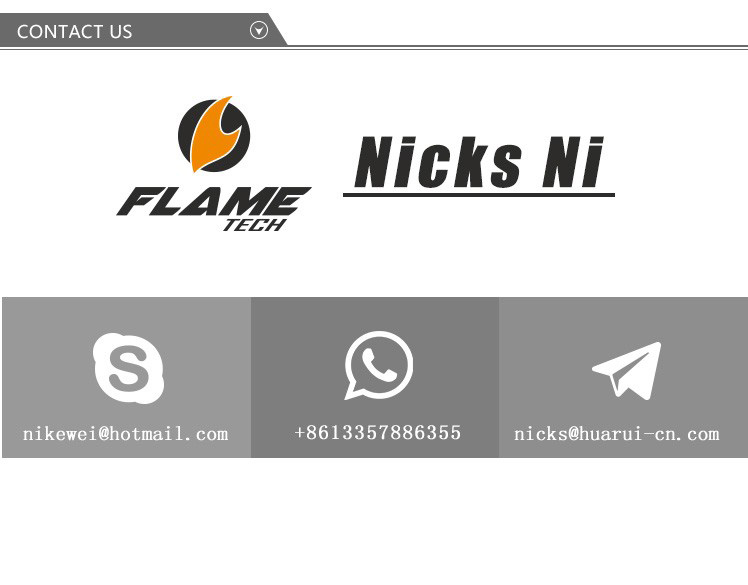

 master@huarui-cn.com
master@huarui-cn.com 86-519-86371071
86-519-86371071 86-519-86371072
86-519-86371072
View More(Total0)Comment Lists